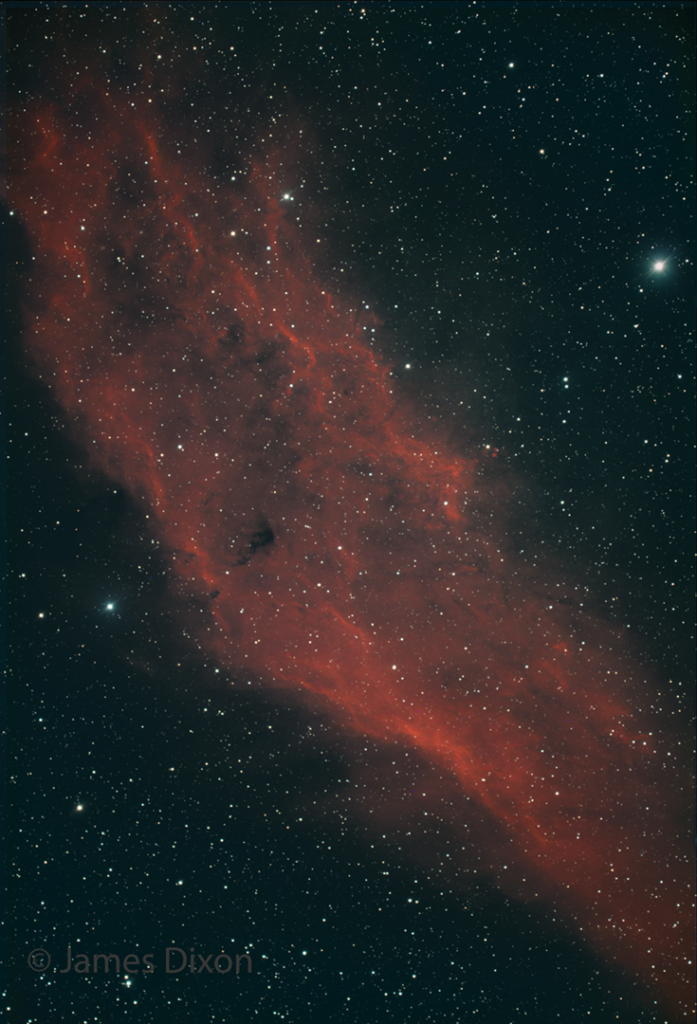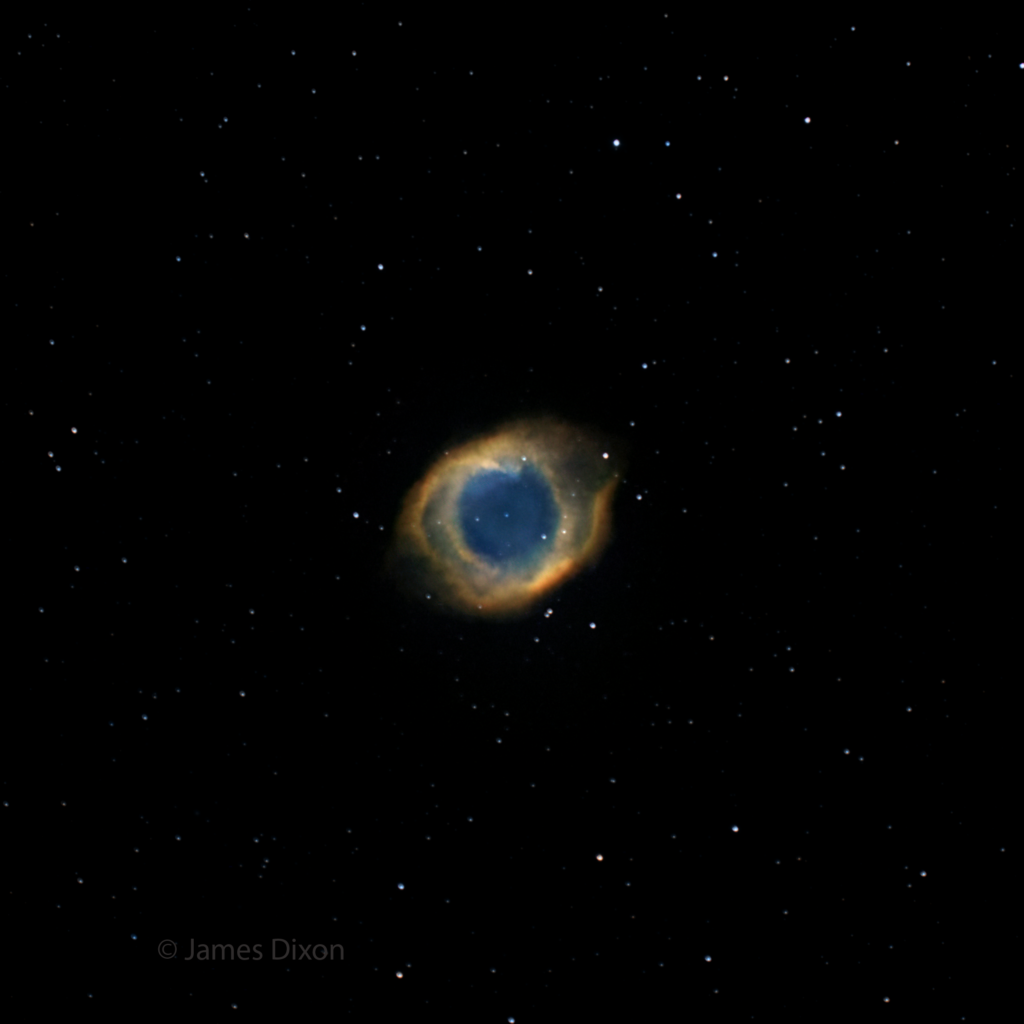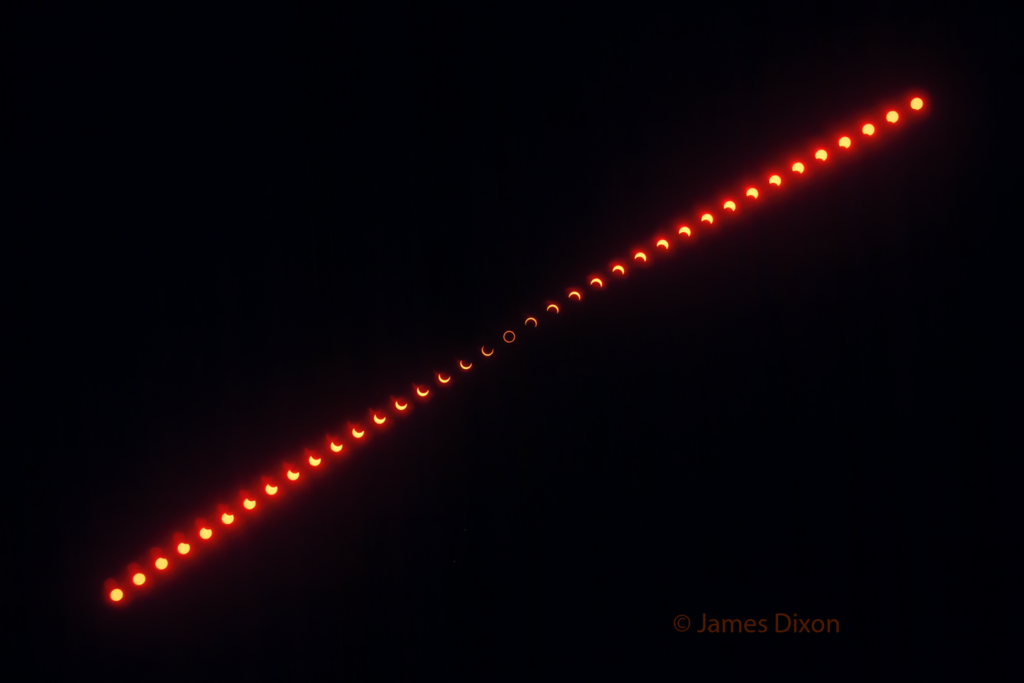I shot this in early October but then between filling 200+ orders for eclipse glasses in four days and making a speed run to Midland, Texas to see the Annular Eclipse, I forgot all about it. 60 sixty second frames from my 11″ SCT at f/1.9 with an Antlia Triband RGB Ultra filter.



